 Pageant Program, 1954
Pageant Program, 1954
Entry Category: Recreation - Starting with P
 Pageant Program, 1954
Pageant Program, 1954
 Paris Masonic Lodge
Paris Masonic Lodge
Parkin Archeological State Park
 Parkways Association Formation Story
Parkways Association Formation Story
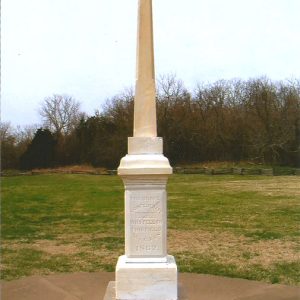 Pea Ridge Confederate Monument
Pea Ridge Confederate Monument
Pea Ridge Mule Jump and Show
Pea Ridge National Military Park
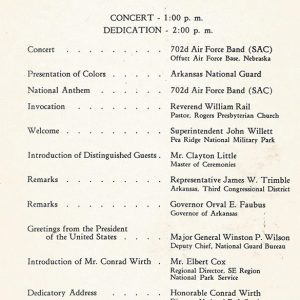 Pea Ridge Dedication
Pea Ridge Dedication
 Pea Ridge National Military Park
Pea Ridge National Military Park
 Peach-Eating Contest
Peach-Eating Contest
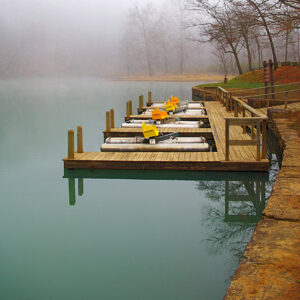 Pedalboat Dock
Pedalboat Dock
 Petit Jean Mountain View
Petit Jean Mountain View
Petit Jean State Park
 Petit Jean State Park
Petit Jean State Park
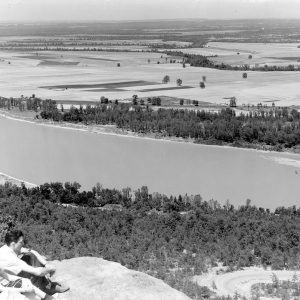 Petit Jean State Park
Petit Jean State Park
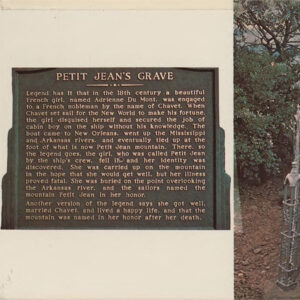 Petit Jean's Grave
Petit Jean's Grave
 Pickle-Eating Contest at Atkins Pickle Festival
Pickle-Eating Contest at Atkins Pickle Festival
Pig Trail Scenic Byway
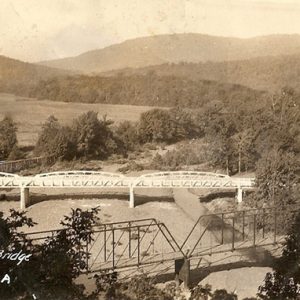 Pig Trail Bridge
Pig Trail Bridge
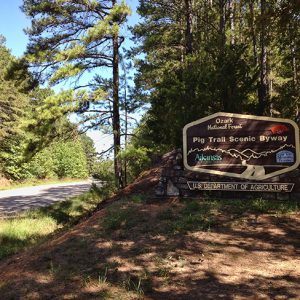 Pig Trail South
Pig Trail South
 Pig Trail North
Pig Trail North
 Pig Trail Sign
Pig Trail Sign
 Pine Bluff Film Festival Discussion
Pine Bluff Film Festival Discussion
 Pine Bluff Community Theater
Pine Bluff Community Theater
Pine Bluff Film Festival
Pinnacle Mountain State Park
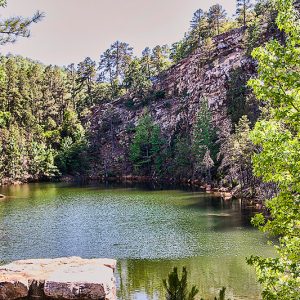 Pinnacle Trail
Pinnacle Trail
 Pippin
Pippin
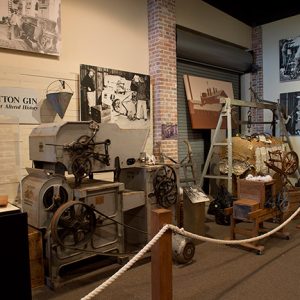 Plantation Agriculture Museum
Plantation Agriculture Museum
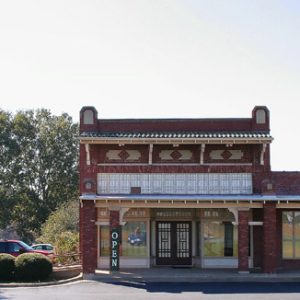 Plantation Agriculture Museum
Plantation Agriculture Museum
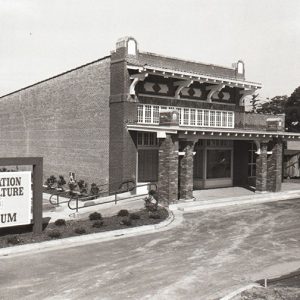 Plantation Agriculture Museum
Plantation Agriculture Museum
Plantation Agriculture Museum
 Plantation Agriculture Museum
Plantation Agriculture Museum
 Plantation Agriculture Museum Press Release
Plantation Agriculture Museum Press Release
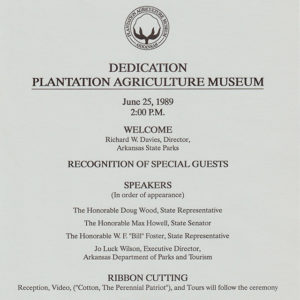 Plantation Agriculture Museum Program
Plantation Agriculture Museum Program
Plum Bayou Mounds Archeological State Park
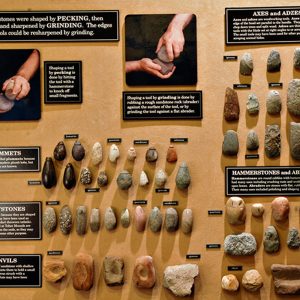 Plum Bayou Artifacts
Plum Bayou Artifacts
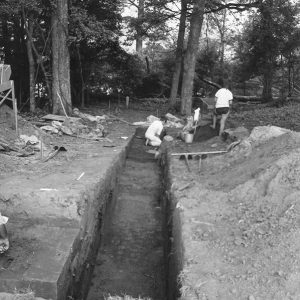 Plum Bayou Mounds Excavation Trench
Plum Bayou Mounds Excavation Trench
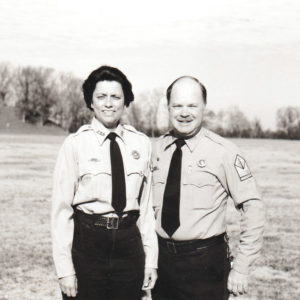 Plum Bayou Mounds Park Personnel
Plum Bayou Mounds Park Personnel
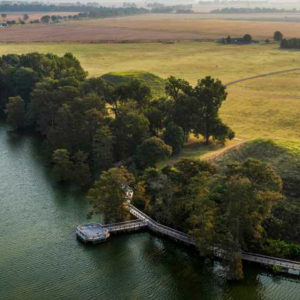 Plum Bayou Mounds View
Plum Bayou Mounds View
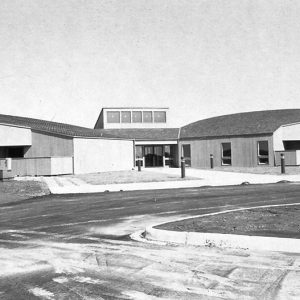 Plum Bayou Mounds Visitors Center
Plum Bayou Mounds Visitors Center
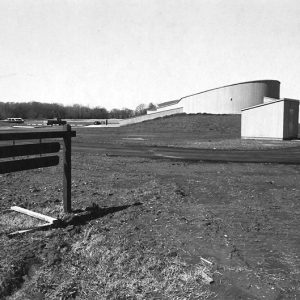 Plum Bayou Mounds Visitors Center
Plum Bayou Mounds Visitors Center
 Plum Bayou Mounds Walkway
Plum Bayou Mounds Walkway
 Poison Spring Battleground State Park
Poison Spring Battleground State Park
Poison Spring Battleground State Park
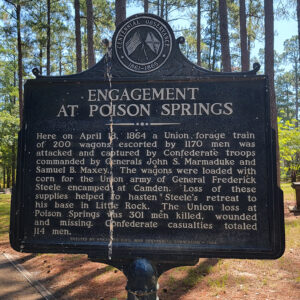 Poison Spring Engagement Sign
Poison Spring Engagement Sign
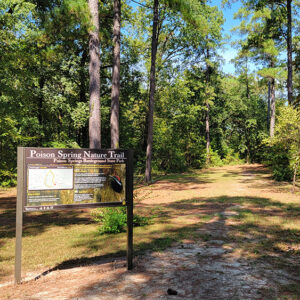 Poison Spring Nature Trail
Poison Spring Nature Trail
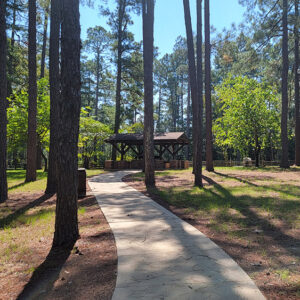 Poison Spring Park Pavilion
Poison Spring Park Pavilion




